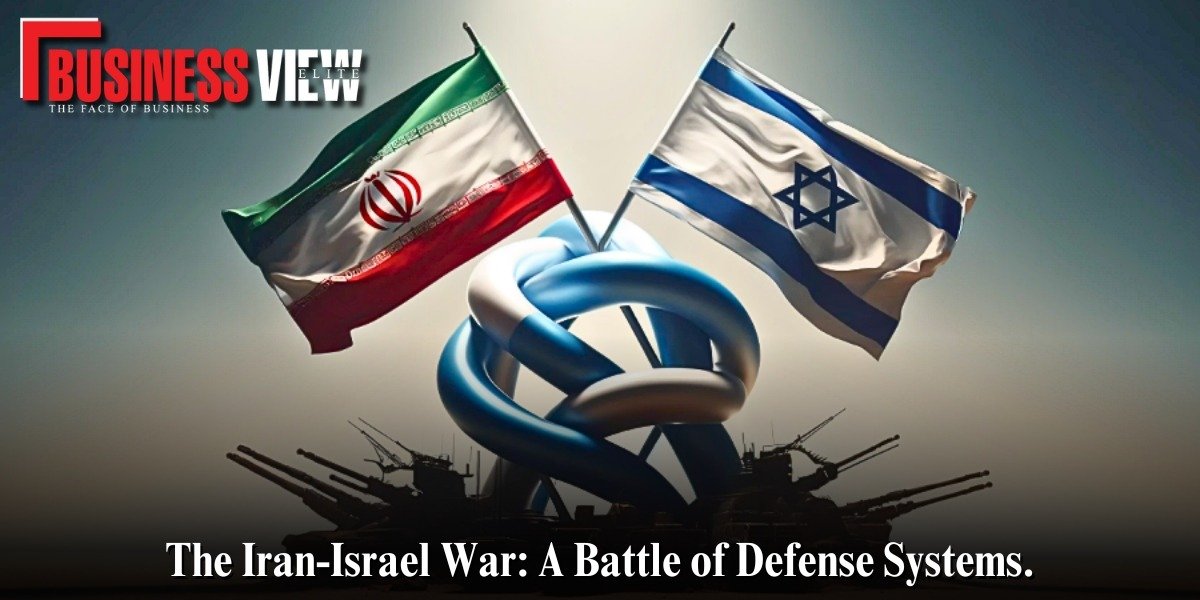Iran-Israel War
The Iran-Israel War has been a conflict for decades and is gaining popularity because of the backfires that both nations have been throwing at each other. Amidst disputes, individuals have been witnesses to the defense power that both countries possess. Iran shot its first comeback on Israel on April 13 through its fighter jets and other defense capabilities and the latter is yet to revert in its way. Here is a lookover of the air forces of the enemy countries and how each one is trying to defend themselves through defense systems.
Iran
Iran’s Air Force division employs a total of 37,000 personnel but has been falling short of the latest state-of-the-art military equipment due to decades of international sanctions. This was stated by the International Institute for Strategic Studies in London (IISS). Iranian Air Force only has a few dozen operational aircraft, which also include Russian jets and ageing US models which were welcomed before the Iranian revolution of 1979.
Besides, the country also has pilotless aircraft which are dedicated to flying into targets and explode. Air Force Commander of Iran, Amir Vahedi on Wednesday said that the Sukhoi-24s were in their “best state of preparedness” to answer back any potential attack from Israel. On the other hand, Iran’s capital Tehran has a squadron consisting of nine F-4 and F-5 jets, one squadron of Russian-developed Sukhoi-24 jets, and some MiG-29s, F7, and F14 aircraft, as reported by IISS. In 2016, Tehran received Russia’s S-300 anti-aircraft system, a long-range surface-to-air missile capable of simultaneously engaging multiple targets, including aircraft and ballistic missiles.
Apart from that, Iran has the domestically produced Bavar-373 surface-to-air missile platform, along with the Sayyad and Raad defense systems. A researcher from IISS, Fabian Hinz said “If there was a major conflict between the two countries, Iran would probably concentrate on occasional successes. They don’t have the comprehensive air defenses that Israel has.” Iran mostly depends on a mixture of Russian and domestically built surface-to-air missile and air defense mechanisms.
Israel
On the contrary, Israel is relatively ahead in terms of the defense systems and air force that it employs to fight back against its enemies. Israel owns an advanced, US-supplied air force with hundreds of F-15, F-16, and F-35 multipurpose jet fighters. These were the ones that had a big role in shooting down Iranian drones recently on April 13. Widely known as a pioneer in bringing drone technology, Israel employs Heron pilotless planes which are capable of remaining in the air for more than 30 hours, fulfilling distant operations.
Also Read: Resilient Bitcoin: Crypto Market Rebounds Amid Iran-Israel Tension
Israel also has developed long-range surface-to-surface missiles, but it has not yet confirmed this. Earlier in 2018, former Defense Minister Avigdor Liberman had declared that the Israeli military would get a new “missile force.” Arrow-3 intercepts ballistic missiles in space, while Arrow-2 works at lower altitudes. David’s Sling counters missiles, while Iron Dome targets rockets and mortars used by Iranian-backed militias. Sidharth Kausha from IISS said, “Israel’s air defenses performed well over the course of the (April 13) attack.” He marked that some incoming targets, especially drones had been shot down before reaching Israel, by allied aircraft, “which limited its degree of exposure to some threat types, and there appears to have been sufficient early warning to enable preparation of a coalition response which means the system was better prepared than it might have been if exposed to a similar attack with less early warning.”


